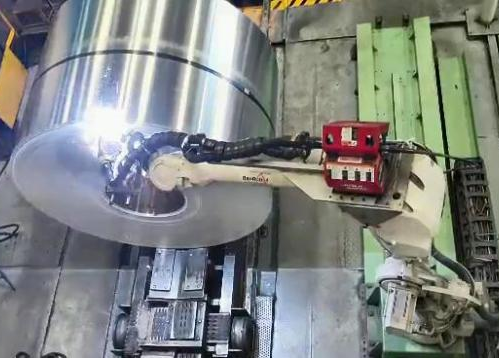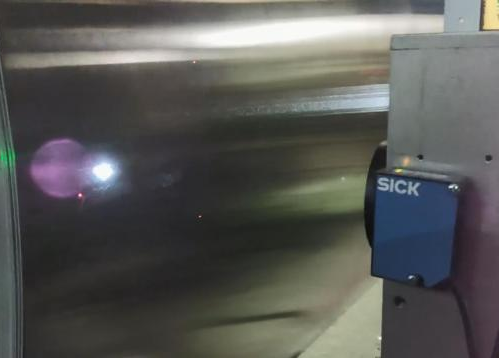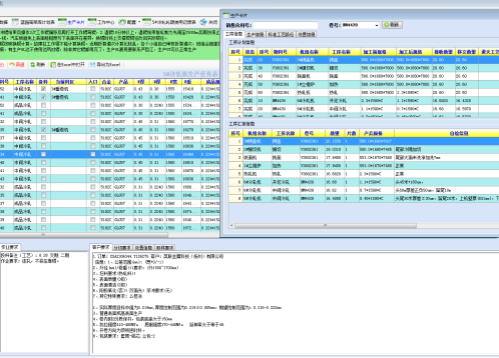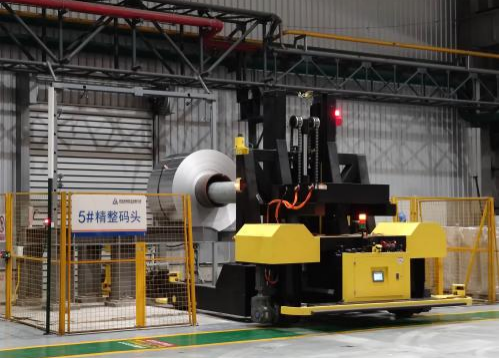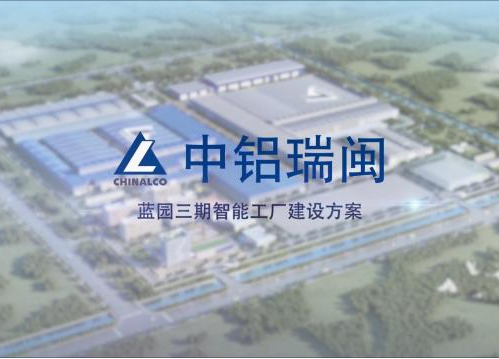Chinalco Ruimin plans to make Lanyuan Phase III Intelligent Factory a modern factory with first-class process, equipment, management, products and benefits.
Goals for constructing the intelligent factory: to fully build the first domestic and world-class intelligent aluminum processing enterprise, and become a benchmark for high-end manufacturing; to improve labor efficiency by 20%; to reduce the loss of technical waste by 30%; to reduce unplanned downtime by 40%; and to centralize the intelligent control of the five elements (man, machine, material, method and environment).
Six major measures of Chinalco Ruimin for the construction of the intelligent factory:
1. Planning as a whole, and implementing step by step; building an integrated intelligent production line from raw materials to finished products;
2. Two uniformities; all production lines are uniformly automated, and all quality and equipment status data are uniformly tracked online in real-time, and analysis and judgment functions are available;
3. Three full-process intelligent logistics lines;
(1)Logistics line for goods in process;
(2)Logistics line for return materials;
(3)Intelligent transportation line for rolls, sleeves and other production tools;
4. Four innovations
(1) Intelligent dosing-charging for fusion casting;
(2) Flat ingot saw cutting - milling - laminating/unlaminating - vertical pusher furnace loading is completed with one click;
(3) Integrated collaborative intelligent logistics three-dimensional system, AGV double-layer transportation, double-layer storage of hot rolled coils and auxiliary materials, reducing logistics distance by 800 meters and saving 8 mu of land;
(4) Large space without columns increases the workshop area utilization rate by 15%;
5. 5G application scenarios
6. The six intelligent applications, including intelligent devices, intelligent logistics, intelligent energy, intelligent factories, intelligent interconnection, and intelligent control, will comprehensively cover 18 aspects of intelligent manufacturing and help achieving centralized control through visualization, digitization, and intelligence;
 Your current location:
home
>
Exhibition Hall Online
>
Venue Layout
>
N6
>
Aluminum Corporation of China
Your current location:
home
>
Exhibition Hall Online
>
Venue Layout
>
N6
>
Aluminum Corporation of China
